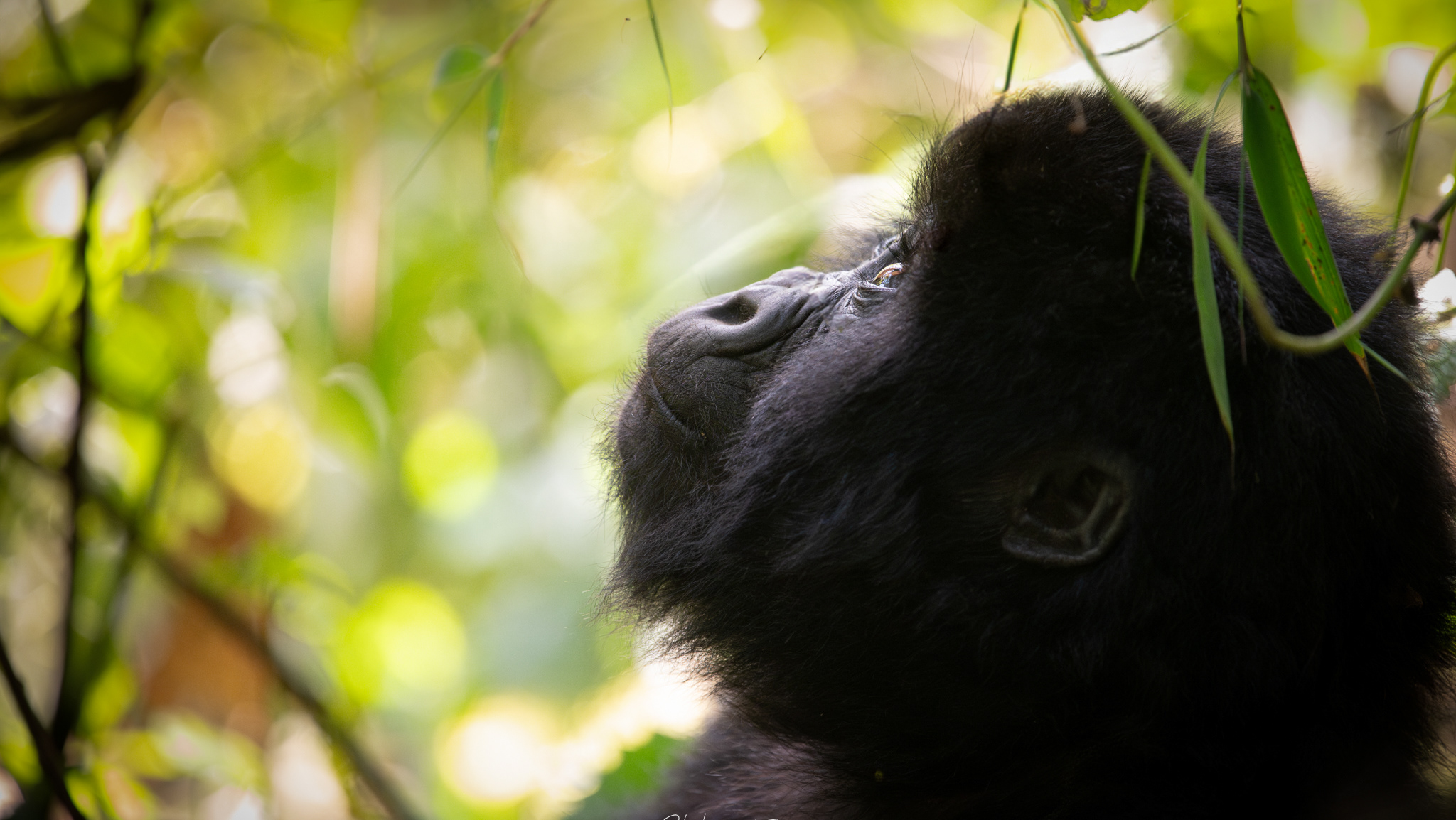A visit to the zoo or a captive wildlife facility – education or edutainment?
There are some heated debates about the value of captive wildlife facilities and zoos. Many are firmly situated in the belief that animals in small enclosures and cages do not educate visitors or serve an important conservation purpose. There are others, however, who argue that seeing animals in captivity educates visitors and encourages them to care. I personally can’t help but wonder what the public is learning when they witness an animal standing against a fence or sleeping in an unnaturally small space. Even more importantly, does this type of education result in pro-conservation behaviour?
I want you to consider for a moment the last time you may have viewed an animal in a cage or enclosure. What was the animal doing? What was it eating? Was the animal alone or in a natural social group? How much space was provided for them to roam? Did the enclosure provide any enrichment for the animal? The reality in many captive facilities is that the animals were likely to be pacing or lying down. They may be fed a diet comprising unnatural supplements to mimic the nutrients they would normally receive in the wild. Their natural social groupings have been artificially created, while some may be entirely alone.
With the latest scientific findings in the IPBES report (2019), we know with certainty that we need to protect biodiversity now more than ever. Education is therefore an important start to understanding how and why conservation of the natural world and its wildlife is so vital. However, we need to question the real value of a captive facility or zoo, where the animals remain in cages and enclosures much smaller than their natural habitats. We also need to question if these facilities live up to their promise of educating visitors about the importance of wildlife and conservation.
In South Africa, several zoos have faced serious welfare criticisms. Two years ago, the Johannesburg Zoo faced an outcry for keeping a lone elephant despite knowing that elephants depend heavily on herd structures in the wild (HSI, 2019). The Pretoria Zoo has been similarly criticized for its treatment towards a lone elephant despite calls to have him relocated to a suitable sanctuary (The Daily Maverick, 2021). In both cases, rather than acting on the animals’ welfare and wellbeing, decisions revolved around keeping more elephants in small enclosures, unlike the vast plains they would naturally roam, to attract paying visitors. The Bloemfontein Zoo was eventually closed due to a serious lack of funds resulting in animals living in substandard conditions with little food or veterinary care (The Citizen, 2020).
If zoos and captive facilities were truly educational and based on the premise of conservation, why do they present such severe welfare concerns?
There is a growing industry in South Africa where indigenous and exotic big cats are kept in captivity with many predator parks also claiming to have educational and conservation value. Conservationists agree that captive big cats do not contribute meaningfully to conservation. Afterall, they simply can’t. Releasing habituated big cats into the wild could potentially cause human-wildlife conflict, are unlikely to be able to hunt successfully, and often their genetics have been compromised by inbreeding. At best, these captive-bred cats are destined for a life in captivity, while many others will end up in the bone trade and/or canned hunting industries.
If captive facilities and zoos were genuinely educational, we could reasonably assume that all visitors would be motivated to protect wildlife. Do visitors who learn something new feel motivated to change their behaviour to actively protect wildlife and biodiversity? Many facilities operate on the premise that it fosters a connection that inspires protection despite lacking evidence to support such claims (Spooner, et al., 2021). Wilson and Phillips (2021) acknowledge that captive facilities do claim to pursue education, research, and conservation as important objectives; however, entertainment for paying visitors is also a significant objective. Interactive practices, like cub petting or ambassador animal interactions, are driven by tourist demands for recreational activities alone (Moorhouse, D’Cruze, & MacDonald, 2016), and thus do not contribute to conservation, education, or the animal’s welfare interests.
In fact, research by Whitehouse-Ted, et al. (2021) demonstrated that interactions with ambassador animals were associated with the lowest knowledge-change scores in visitors compared to those who attended guided tours without interaction. Marc Bekoff (2014, 2015), a renowned Professor emeritus of Ecology and Evolutionary Biology from the University of Colorado, Boulder, is critical of the educational claims made by captive facilities. The evidence is sorely lacking that these types of facilities have a lasting impact on their visitors, particularly in terms of changing their behaviour to be environmentally friendly and pro-conservation.
Aside from the quick gratification of seeing a beautiful big cat in person, what purpose do these facilities really serve? Since there is a lack of evidence to prove the educational and conservation value of animal interactions, the continued justification for engaging in these activities is problematic and unconvincing (Spooner, et al., 2021). Empirical research is required to better understand the ethics and impact on animal welfare and to evaluate the educational outcomes of such facilities and activities. Rather, imagine the thrill of witnessing a lion walking through the open veld of a national park or observing cubs playing with siblings whilst learning to hunt. There is simply no substitute that can be justified.
I believe strongly that we need to practice more compassion in our choices and become more conscious of our decisions regarding captive wildlife. Are we acting in ways that serve our own interests or the interests of the animals?
Reference List:
Bekoff, M. (2014, March 11). Do zoos really teach visitors anything? (Op-Ed). Live Science. https://www.livescience.com/44006-do-zoos-teach.html
Bekoff, M. (2015). It’s not happening at the zoo: there’s no evidence zoos educate in a meaningful way. HuffPost. https://www.huffpost.com/entry/its-not-happening-at-the-zoo_b_6315614
Citizen Reporter. (2020, March 25). SPCA helps to relocate animals after Bloemfontein Zoo closes down. The Citizen. https://www.citizen.co.za/news/2260258/spca-helps-relocate-animals-after-bloemfontein-zoo-closes-down/
Humane Society International. (2019, June 14). Animal protection organisations furious as Johannesburg Zoo ignores pleas to #FreeLammie, introduces two new elephants to her captivity instead. https://www.hsi.org/news-media/animal-protection-organisations-furious-as-johannesburg-zoo-ignores-pleas-to-freelammie-introduces-two-new-elephants-to-her-captivity-instead/
IPBES (2019): Summary for policymakers of the global assessment report on biodiversity and ecosystem services of the Intergovernmental Science-Policy Platform on Biodiversity and Ecosystem Services. S. Díaz, J. Settele, E. S. Brondízio E.S., H. T. Ngo, M. Guèze, J. Agard, A. Arneth, P. Balvanera, K. A. Brauman, S. H. M. Butchart, K. M. A. Chan, L. A. Garibaldi, K. Ichii, J. Liu, S. M. Subramanian, G. F. Midgley, P. Miloslavich, Z. Molnár, D. Obura, A. Pfaff, S. Polasky, A. Purvis, J. Razzaque, B. Reyers, R. Roy Chowdhury, Y. J. Shin, I. J. Visseren-Hamakers, K. J. Willis, and C. N. Zayas (eds.). IPBES secretariat, Bonn, Germany. https://ipbes.net/sites/default/files/inline/files/ipbes_global_assessment_report_summary_for_policymakers.pdf
Moorhouse, T., D’Cruze, N.C., & MacDonald, D.W. (2016). unethical use of wildlife in tourism: what’s the problem, who is responsible, and what can be done? Journal of Sustainable Tourism, 25(4), 505-516. doi: https://doi.org/10.1080/09669582.2016.1223087
Pinnock, D. (2021, February 6). No shade, no company, no exercise – that’s no life for sad elephant Charlie. Daily Maverick. https://www.dailymaverick.co.za/article/2021-02-06-no-shade-no-company-no-exercise-thats-no-life-for-sad-elephant-charlie/
Spooner, S.L., Farnworth, M.J., Ward, S.J., & Whitehouse-Ted, K.M. (2021). Conservation education: are zoo animals effective ambassadors and is there any cost to their welfare? Journal of Zoological and Botanical Gardens, 2, 41-65. doi: https://www.mdpi.com/2673-5636/2/1/4
Whitehouse-Ted, K.M., Lozano-Martinez, J., Reeves, J., Page, M., Martin, J.H., & Prozesky, H. (2021). Assessing the visitor and animal outcomes of a zoo encounter and guided tour program with ambassador cheetahs. Anthrozoos, 1-16. doi: https://doi.org/10.1080/08927936.2021.1986263
Wilson, A. & Phillips, C.J.C. (2021). Identification and evaluation of African lion (Panthera leo) cub welfare in wildlife-interaction tourism. Animals, 11(9), 2748. doi: https://doi.org/10.3390/ani11092748
More Information:
Find out more on the Youth For Lions Website
Learn about our Youth Ambassador Programme
Read the original blog post here: https://bloodlions.org/youth-for-lions-blog-a-visit-to-the-zoo-or-a-captive-wildlife-facility-education-or-edutainment/









